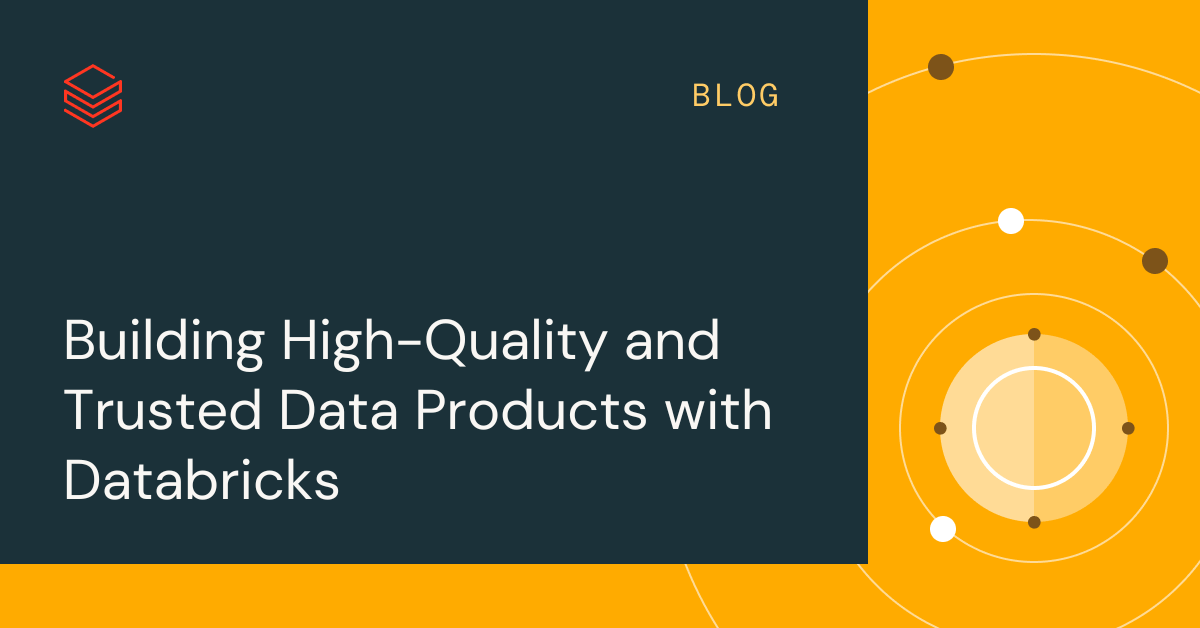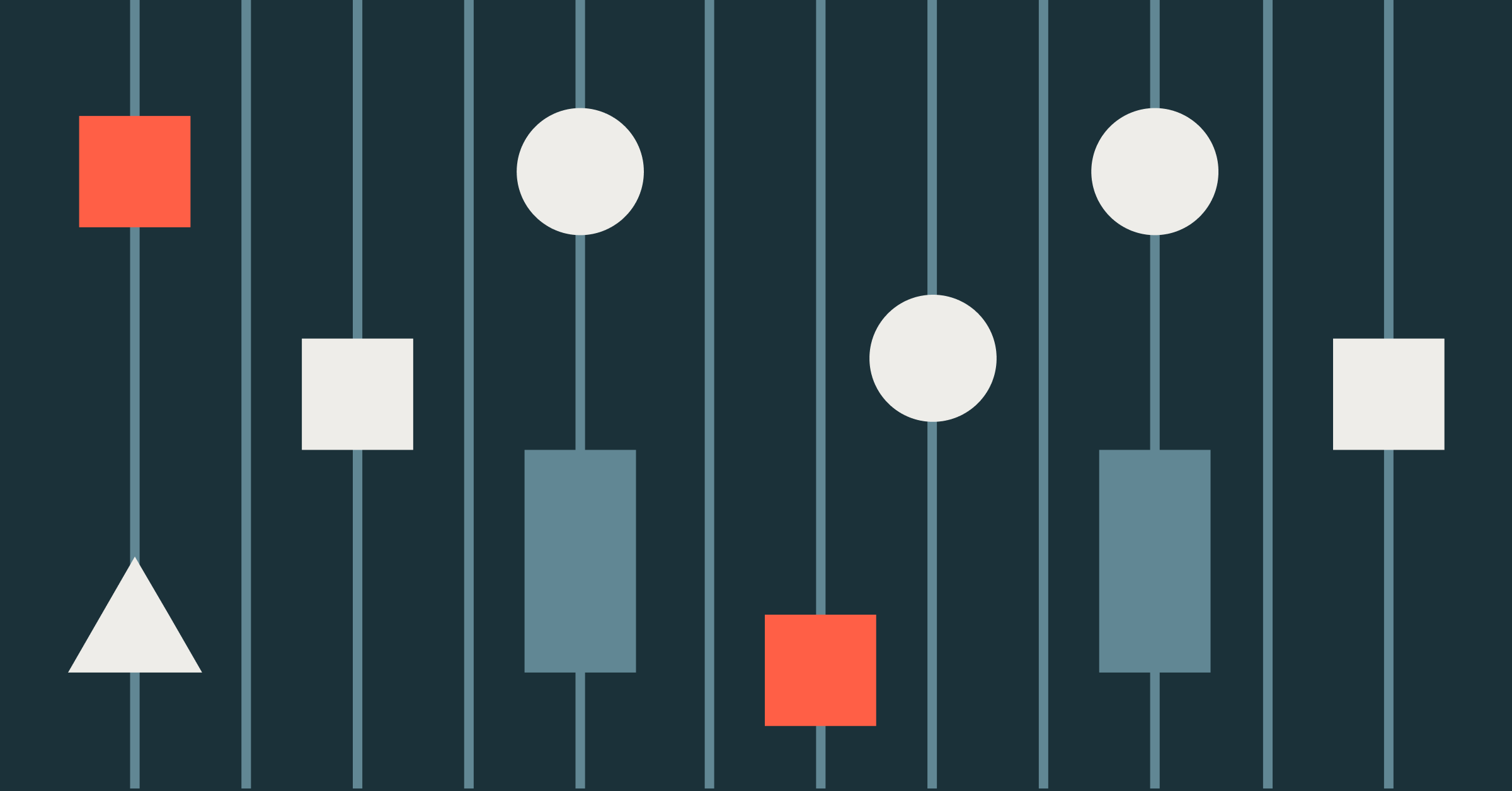How We Launched a Podcast: Lessons, (Minor) Mishaps & Key Takeaways

After six episodes featuring amazing leaders and practitioners in the data and AI community, we wrapped up season 1 of Data Brew by Databricks, our homegrown podcast hosted by us two - Denny and Brooke. This season focused on all things lakehouses - combining the key features of data warehouses, such as ACID transactions, with the scalability of data lakes, directly against low-cost object stores.
In the coming weeks, we'll be launching season 2 of Data Brew, and trust us, you'll want to hyper-tune in for it. We had the opportunity to interview some of the brightest minds in research and industry to dive into the ever-changing world of machine learning. But before we kick off season 2, we thought it'd be a good time to reflect on what we learned by building our own podcast from the ground up. Hopefully, this will inspire other folks in the community to get creative, learn from our experience and launch their own podcast!
So, here it is: how to launch a podcast 101.
Identifying & developing your brand
One of the hardest parts about starting Data Brew, frankly, was coming up with a creative name and building an entire brand around it. To us, a name serves to both give a sense of what listeners can expect from your podcast and also a glimpse as to who you, as the hosts, are. However, virtually every name we came up with was already in use.
We chose Data Brew for a few reasons. It immediately gives the listener a clear idea of the topics and audience we're speaking to: data scientists, data engineers, analysts, etc. That's the Data part. Brew was a personal touch since Denny, a Seattle resident, is a devout coffee drinker and Brooke loves tea – and even took a course on tea in college. (Yes, we know it's a bit weird talking about ourselves in the third person, but oh well). On top of that, the phrase together really conveyed what we're about - steeping into the great ideas and insights from some of the best and brightest minds in data. It took a while, but eventually, we realized that our names, Denny and Brooke, jointly had the initials of Databricks, thus unlocking the potential for many alliterations: Data Brew by Databricks with Denny & Brooke.
The podcast's name and overall POV are really the foundation to building an impactful brand. For us, this meant having some stellar design assets created playing off our "brew" vibe. You'll even spot some of our hacky stickers we put on coffee mugs early on (thank goodness for trusty 15-year old label makers).
Practice, practice, practice
We learned this the hard way - even if you say something in your head 10 times, the moment when you try to say it live for the first time, it doesn't always come out right (if at all). Luckily, we learned a couple of tricks that greatly helped us:
Rehearse but don't script
Sometimes you're intimately familiar with the guests on your podcast, other times you're essentially strangers. Regardless, you should always research the speakers you invite. In addition to having an understanding of their professional experience, find out their hobbies and fun facts, and bring them up in the interview or interview prep talk). It's a great way to get them to be more relaxed, likely to make them laugh, and can greatly increase your connection with them.
We always send our guests a set of proposed questions ahead of time so that no topic catches them off-guard, but still provides room for a natural conversation. One mistake we made early on was writing up our questions asynchronously and not saying them aloud. When read off the script or memorized, it sounded very formal and awkward. Written English and casual podcast English sound very different. We were basically guiding the listener through the questions rather than the conversation. To fix this, we now send just the list of topics and a few questions to initially kickstart the conversation.
Sometimes, you run through your topics faster than you anticipated, have a mental block or just find it hard to continue the conversation. Have some backup questions in your arsenal that you can ask any speaker to keep the conversation on track and flowing. Maybe you'll even find you don't get through all of your questions - having a good conversation is more important than rushing through them!
We often get the question "will there be a dry run"? We opted to not do them (and sometimes no meet/greet). Instead, we add a bit of buffer to the start of the recording to loosen up, discuss topics at a high level, etc. We listened to this incredibly helpful podcast from a16z on moderating talks & panels, and they advised against it. Some problems with dry runs include people script their responses or reference something during the recording that came up in the dry run that the audience isn't aware of. So instead, we block off 15 minutes for setup and discussion, and then 5-10 minutes at the end for all the "off the record" discussions and next steps.
Finding your Voice
We all have our favorite podcasts/vidcasts. When we started this process, we listened to many different podcasters to see what their style and "voices" were like for inspiration. We found there are things that we loved and wanted to replicate, and other things that we wanted to avoid. Denny & Brooke perceive the "audience" differently and have different frames of reference, and we really enjoyed the co-host dynamic. Just remember you're the eyes and ears of the audience and keep a clear goal for what you want them to get out of your podcast.
Speaking of voice, vocal stamina is a thing. You should definitely keep tons of liquids around. Just be careful if you're drinking caffeine - it definitely provides you with a burst of energy, but you're likely to speak faster when you're caffeinated. Brooke recommends hot water with honey & lemon as the honey naturally coats your throat. Denny, on the other hand, highly recommends getting creative and drinking your soothing latte art.

Source: https://www.instagram.com/p/CLzoatQBCRK/ (yes, please follow Denny!)
Getting technical: recording & producing
We generally live by Hofstadter's Law: "It always takes longer than you expect, even when you take into account Hofstadter's Law." However, we had no idea just how much work goes into the actual production side of launching even a single episode. Huge kudos to all podcasters before us. Luckily, we have some learnings to pass on:
Find the right tools
Things aren't always as they appear. We started recording our episodes with Zoom but quickly learned that it records at a lower quality than it broadcasts due to everyone now using Zoom at home (and yes, we paid for the premo version!). We then pivoted to having everyone record locally with Quicktime, and our awesome video editor stitched them all together. It also makes the conversation more candid and relaxing to know that any redos or mess-ups can just be cut out without even noticing.
Given that we're computer scientists and need to design for redundancy, we still had the Zoom recording as our backup. The lesson here: don't try to do the editing at home! If you have the budget for a video editor, they will save you loads of time and do a better job :).
Since podcasts are audio-centric, good audio quality is a must. A cardioid mic is one way to pick up your voice without too much background noise, though you'll still want to record in as quiet a setting as possible. Other tips include making sure the mic isn't too close or too far from the speaker and testing out the acoustics of your room. It's shocking how even characteristics like high ceilings can drastically change the output. Try it yourself: Record yourself with your built-in laptop speakers and then with an external microphone. When you listen to the recording, you'll hear a huge difference in quality. You don't necessarily need to invest in a cardioid mic, but a good pair of headphones with speakers will do wonders.
A few tips from our video editor
Since Data Brew is a vidcast and a podcast, we had to get our camera setup and backgrounds just right. This doesn't mean buying a green screen or brand new furniture. Here are some basic tips:
- Find the right camera angle. Especially when people are working on laptops, the camera is often positioned below eye level. In extreme cases, you get a pretty view of one's nostrils. A simple fix is to prop your laptop up on a few dense textbooks until it is at eye level. Having an external keyboard will make this much more comfortable. Look directly into the camera (this is surprisingly difficult!) and try to prevent the camera from pointing at the ceiling.
- Lights, lights, and more lights. If you ever present on a mainstage, you'll notice that you are blinded by all the lights. If that's not accessible, go for direct, soft light that faces you. Avoid having direct light behind you, or you might just show up as a dark silhouette.
- Get a good external webcam camera. You don't need a mirrorless camera (or at least to start with) but it is a good idea to get a 1080p or higher webcam so your hair video looks great!
- Don't read off a script. Or at least, don't make it obvious. Try placing any notes as high up on your screen as possible to keep it eye level. But, most importantly, try to practice as best you can to avoid needing to read too much.
Was it worth it?
Even though it was a lot of work and there was a huge learning curve, it was an amazing experience. We really enjoyed building connections with thought leaders and hearing their experiences (turns out people are eager to share their knowledge). And, Denny & Brooke are still friends and didn't kill each other (virtually). Wins all around! In addition, we applied a lot of these best practices for internal meetings as well as moderating customer panels for conferences. True transfer learning at its finest!
Speaking of machine learning, tune in to season 2 to see these tips in action and learn more about ML from experts in industry and academia, including Matei Zaharia, Erin LeDell, Ameet Talwalkar, and many more!
Never miss a Databricks post
What's next?

Best Practices
May 6, 2024/14 min read
Building High-Quality and Trusted Data Products with Databricks

Best Practices
July 30, 2024/4 min read
